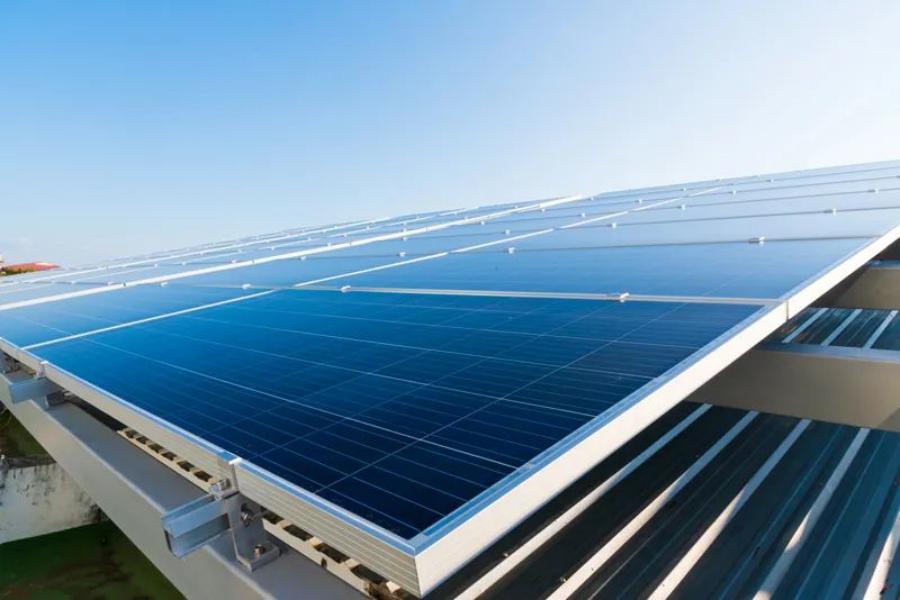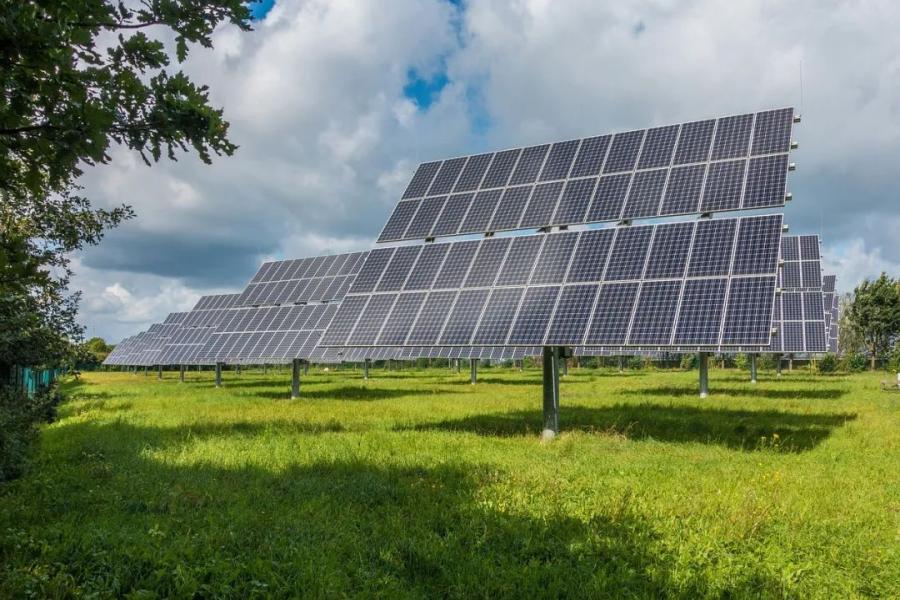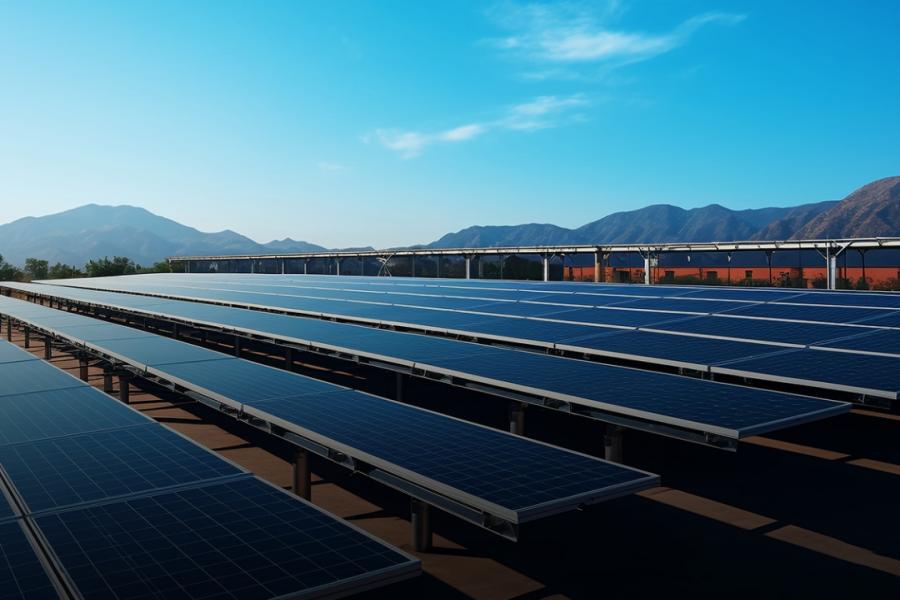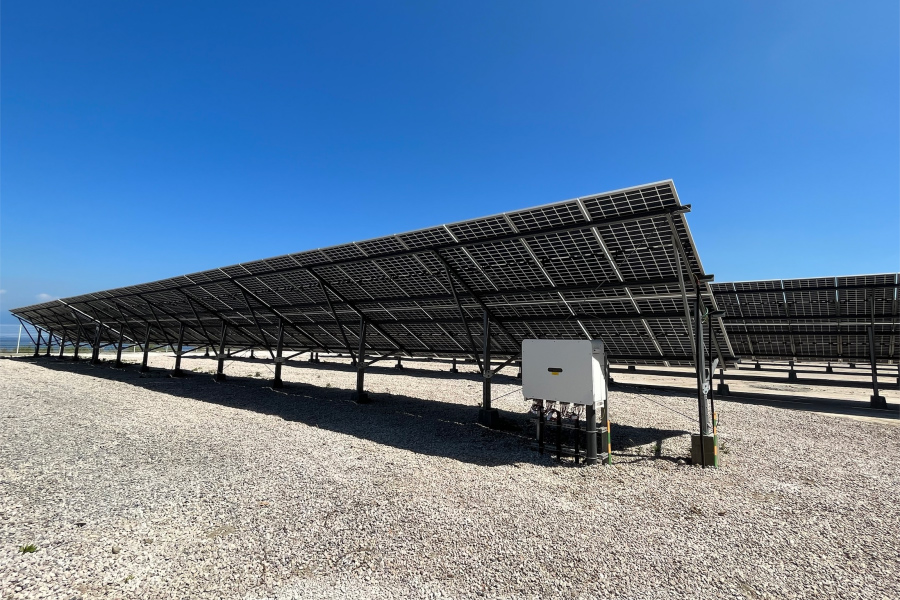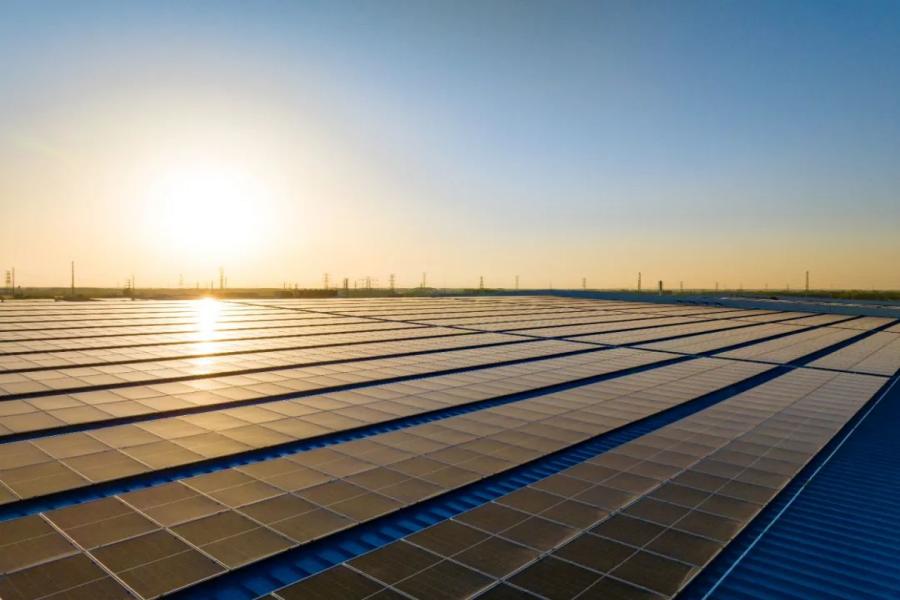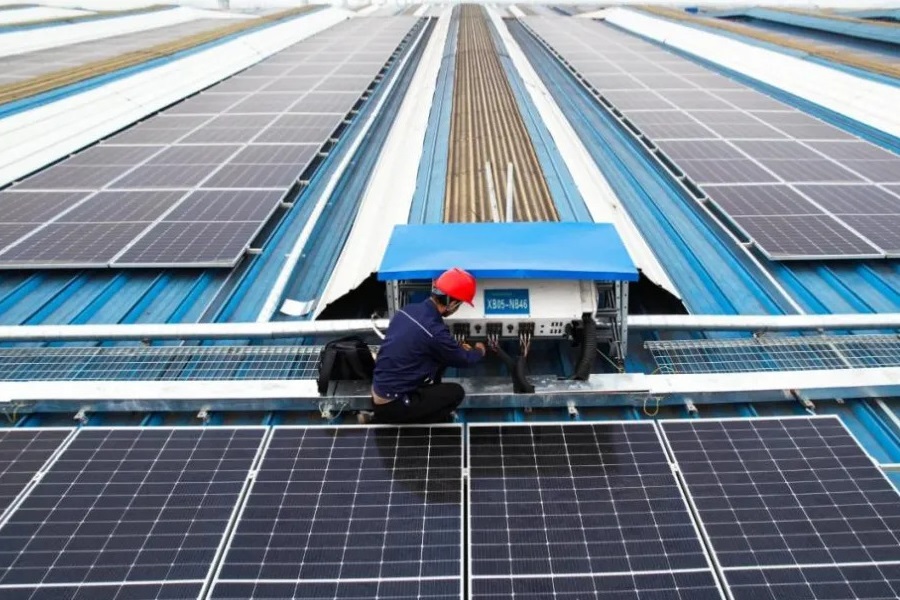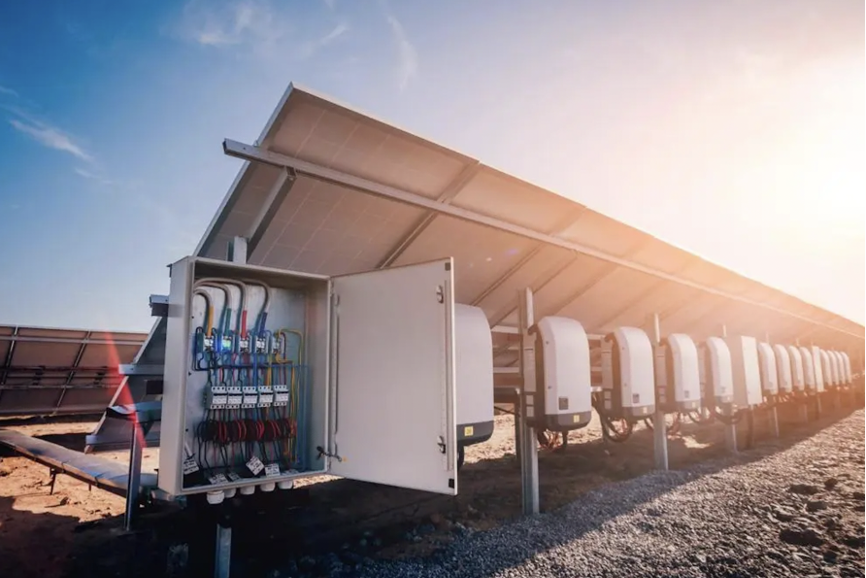Inverter Failure Need Not Panic, Troubleshooting and Handling Skills
1. The screen is not displayed
Failure cause: No display on the inverter screen is usually caused by no DC input. Possible causes include insufficient component voltage, inverted PV input terminal connection, DC switch is not closed, a connector is not connected when the component is connected in series, or a component is short-circuited.
Processing method: First, use a voltmeter to measure the DC input voltage of the inverter to ensure that the voltage is normal. If the voltage is normal, check the DC switches, wiring terminals, cable connectors, and components in sequence. If there are multiple components, they need to be separately connected and tested. If the inverter is still unable to solve the problem after a period of time, it may be that the inverter hardware circuit is faulty, and you need to contact the manufacturer for after-sales treatment.
2. Can not connect the grid fault
Failure cause: The inverter is not connected to the grid is usually due to the inverter and the grid is not connected. Possible causes include the AC switch is not closed, the inverter AC output terminal is not connected or the inverter output terminal block is loose when the cable is connected.
Processing method: First check whether the AC switch is closed, and then check whether the inverter AC output terminal is connected. If cables are loose, tighten them again. If the preceding steps fail to resolve the problem, check whether the power grid voltage is normal and whether the power grid is faulty.
3. The overload fault occurs
Failure cause: Overload failure is usually caused by the load exceeding the rated capacity of the inverter. When the inverter is overloaded, it will sound an alarm and stop working.
Processing method: First disconnect the load, and then restart the inverter. Step by step after the restart, ensure that the load does not exceed the rated capacity of the inverter. If overload failures occur frequently, you need to consider upgrading the inverter capacity or optimizing the load configuration.
4. Overtemperature fault
Fault cause: The inverter operates in a high temperature environment, which is prone to excessive temperature failure. This may be due to poor heat dissipation caused by the accumulation of dust and debris around the inverter.
Processing method: First, clean the dust and debris around the inverter in time to ensure that the cooling fan works normally. Then check the ventilation of the inverter to ensure that the air flow is smooth. If the inverter runs in a high temperature environment for a long time, you can consider adding heat dissipation equipment or improving the operating environment.
5. The short-circuit fault occurs
Fault cause: When a short circuit fault occurs at the output end of the inverter, the inverter will stop working or even damage the inverter. This may be caused by a loose or short circuit between the inverter output and the load side.
Processing method: First, check the connection between the output end and the load end of the inverter in time to ensure that the connection is firm and there is no short circuit. Then restart the inverter and observe its operating status. If the fault still occurs, it is necessary to further check whether the internal circuit and components of the inverter are damaged.
6. The hardware is damaged
Failure cause: Hardware damage may be due to the long-term operation of the inverter caused by aging, damage to the components, or due to external factors such as lightning, overvoltage and other damage.
Processing method: For inverters with hardware damage, it is usually necessary to replace the damaged components or the entire inverter. When replacing components or inverters, ensure that the models and specifications match those of the original devices, and follow the correct installation and wiring methods.
7. Finally
To understand and master the common faults of inverters and their prevention and treatment measures is of great significance to ensure the safe and efficient operation of power stations. It is recommended that power plant operators and managers strengthen the management and maintenance of inverters, discover and handle faults in a timely manner, and ensure the stable operation of the power plant and reduce O&M costs. At the same time, as the operation and maintenance personnel of industrial and commercial photovoltaic power plants, they also need to constantly learn and master new technologies and knowledge, improve professional quality and skill level, and help the long-term development of photovoltaic power plants.
"PaiduSolar" is a set of solar photovoltaic research, development, production, sales in one of the high-tech enterprises, as well as "the national solar photovoltaic project excellent integrity enterprise". Main solar panels, solar inverters, energy storage and other types of photovoltaic equipment, has been exported to Europe, America, Germany, Australia, Italy, India, Southeast Asia and other countries and regions.
Cadmium Telluride (CdTe) solar module manufacturer First Solar has begun constructing its 5th production factory in the US in Louisiana.






